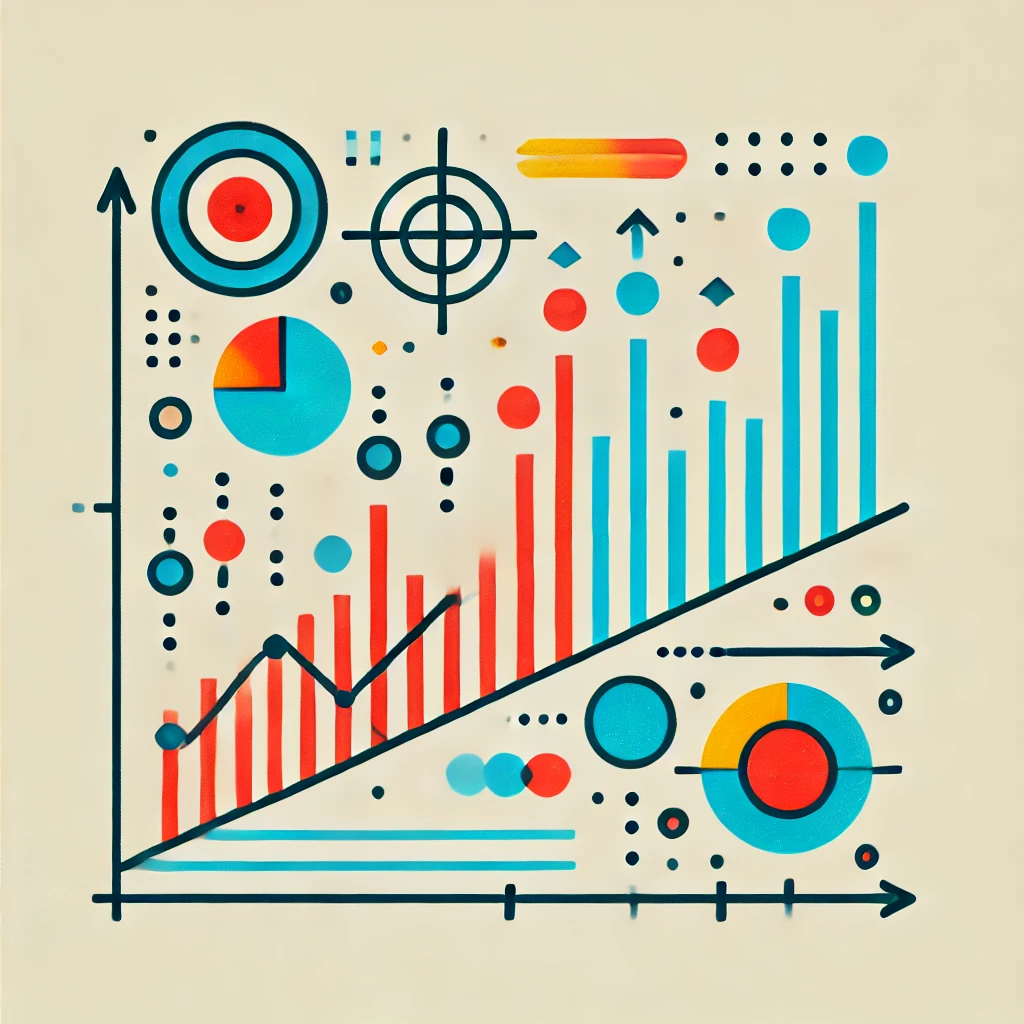Correlation is a statistical tool used to measure and express the relationship between two variables. It tells us if there’s an association or pattern between how two things behave in relation to each other. For example, think of the height and weight of individuals; generally, taller people weigh more. If we wanted to know whether there’s a relationship between height and weight, we could analyze the correlation between them.
Understanding Correlation
Correlation can be thought of as a “connection strength” between two variables. This strength is often measured using a value called the correlation coefficient, which ranges from -1 to +1:
- Perfect: If the value is near ± 1, then as one variable increases, the other variable tends to also increase (if positive) or decrease (if negative).
- High: If the value lies between ± 0.50 and ± 1, then it is said to be a strong correlation.
- Moderate: If the value lies between ± 0.30 and ± 0.49, then it is said to be a moderate correlation.
- Low: When the value lies between ± .29 and 0, then it is said to be a small correlation.
- No correlation: When the value is zero there is no correlation between the variables.
In the height and weight example, if there’s a positive correlation, as height increases, weight also tends to increase. If the correlation was negative (for example, if we were analyzing height and age of reaching a certain milestone, and found that taller kids reached it younger), then as one variable increases, the other decreases.
Types of Correlation Relationships
- Positive Correlation: Both variables move in the same direction. An example is height and weight.
- Negative Correlation: The variables move in opposite directions. For example, if we studied temperature and heating costs, we might find that as temperature increases, heating costs decrease.
- Zero or No Correlation: No consistent relationship. For instance, shoe size and intelligence likely have no correlation.
Analyzing Correlation in Practice
When analyzing correlation, researchers often calculate the Pearson correlation coefficient for linear relationships or the Spearman correlation for ranked data or non-linear associations. By examining these correlations, we can get clues on whether one variable may predict or have an association with another.
Correlation vs. Causation
A common pitfall is to assume that correlation implies causation, meaning that one variable causes the other to change. Correlation simply identifies a relationship, but it doesn’t mean one variable directly causes the other. For instance, ice cream sales and drowning rates may be correlated (both increase in summer), but buying ice cream doesn’t cause drowning. Here, a third factor (warm weather) influences both variables.
Understanding correlation allows us to make observations and predictions based on data. In scientific and practical fields, correlation analysis is invaluable for identifying meaningful relationships, patterns, and potential areas for deeper investigation.
